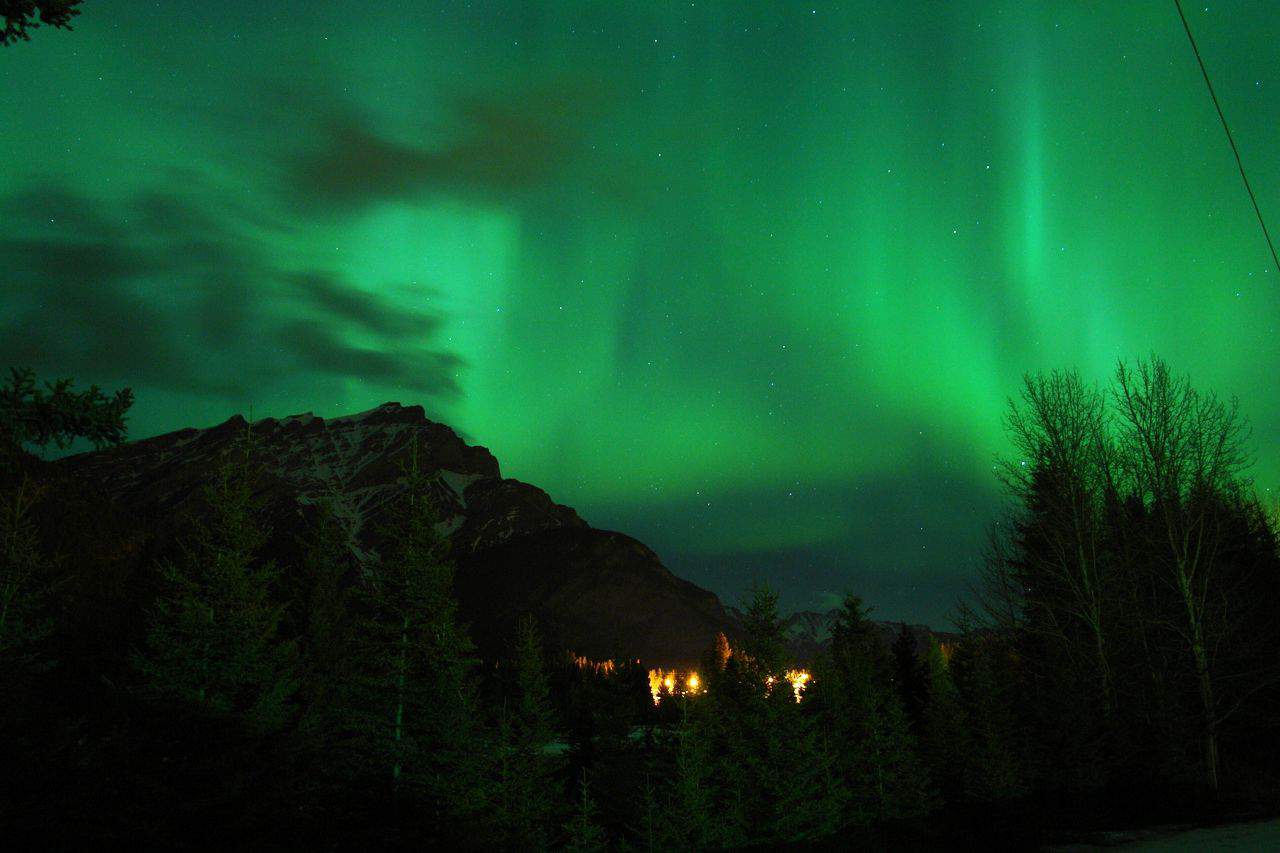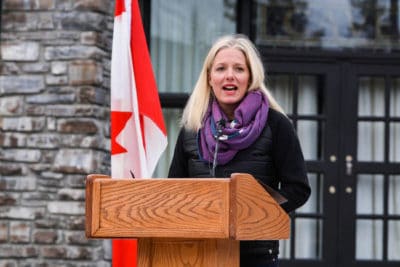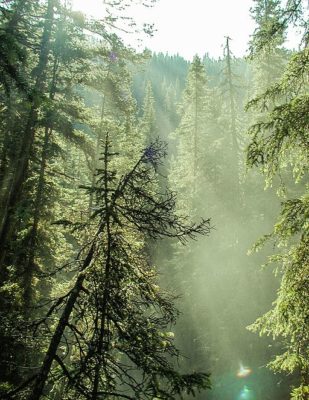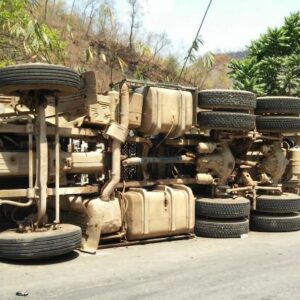
http://bit.ly/2nQtZPd
Parks leaders from across Canada met earlier this month at the Banff Centre in Alberta for the annual Canadian Parks Conference. The gathering included a multitude of presentations and workshops intended to “challenge contemporary thinking” about protected areas, open spaces and public places. Among the ideas discussed, widespread support was shown for giving Canada’s Native population a more prominent role in preserving and managing new and existing protected areas.
First Nations delegates at the conference said these moves “could further reconciliation, as well as provide jobs and strengthen Indigenous culture.” The opening ceremonies featured traditional dancing and music from the Blackfoot Confederacy Group, as well as a speech by Elder Dave Courchene, Jr. of the Sagkeeng First Nation of Manitoba.

http://bit.ly/2mZWJAp
Federal Environment Minister Catherine McKenna spoke at the conference about how Indigenous protected areas and “Guardian” programs will help Canada meet its goal of 17% land conversation by 2020; “Our national parks must be respectful of traditional knowledge, especially as we strive towards a renewed nation-to-nation relationship with Indigenous people and continue to work together in a manner based on the recognition of rights, respect and cooperation.”
The nearly 10 million km² North American nation is home to approximately 30% of the world’s boreal forest, 20% of freshwater resources, world’s longest coastline and one of the largest known marine territories. Canada’s primary biodiversity goal is to, by 2020, institute effective protection networks to conserve at least 17 percent of terrestrial areas and inland water, as well as 10 percent of marine and coastal areas.

http://bit.ly/2mZX3PD
Canada’s tribes are also seeking improved legal recognition of protected areas created under land claim or self-government deals, according to Valerie Courtois, lead at Innu Nation’s conservation program in Labrador. Indigenous tribes preserved biodiversity and environmental richness by living in harmony with nature for centuries before they were displaced by European settlers. Many countries across the world are now realizing that embracing and learning from aboriginal lifeways is extremely important in combatting climate change and land degradation.
“Guardians programs are moccasins and mukluks on the land,” said Valérie Courtois, director of the nonprofit Indigenous Leadership Initiative, “It is the very expression of our cultural responsibility to that land as a people.” Canada currently has 30 such Guardian programs to date, but hopefully renewed support will provide funding for these programs to expand and thrive.
It is no secret that oppression of indigenous people in North America have contributed to grave statistics of poverty, unemployment, alcoholism, suicide and lack of education. Parks Canada is currently working with Indigenous and Northern Affairs Canada to move forward with proposals that will ultimately improve First Nation representation and involvement.


